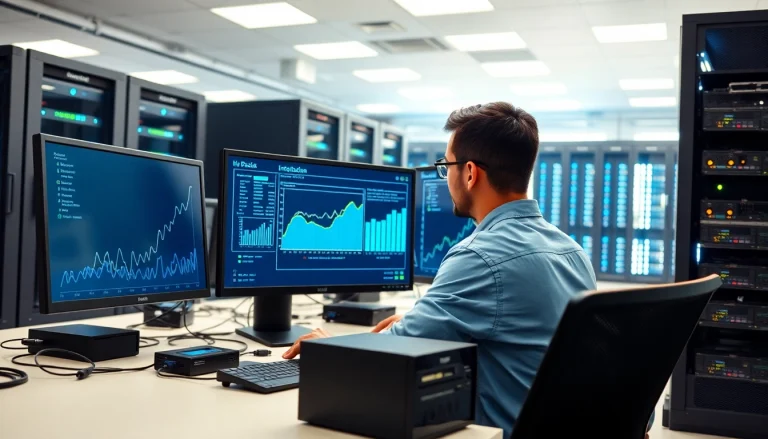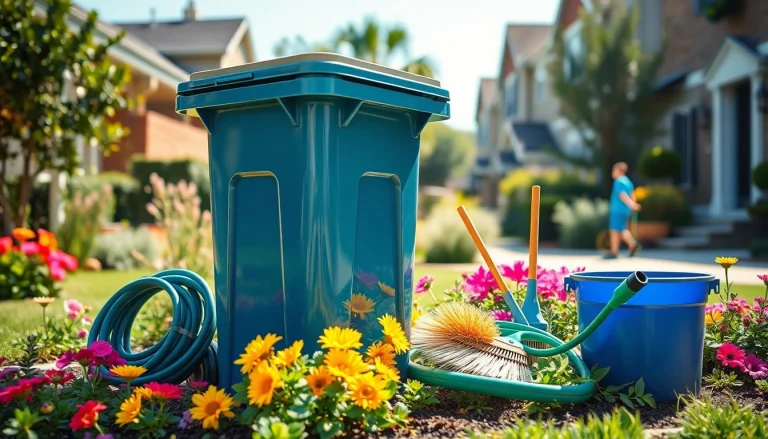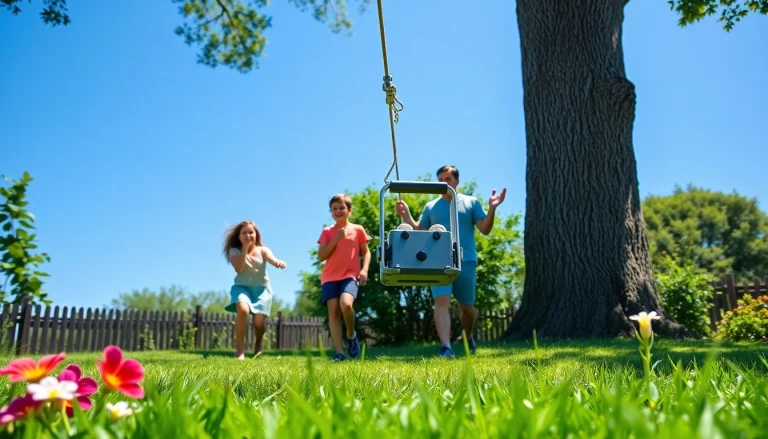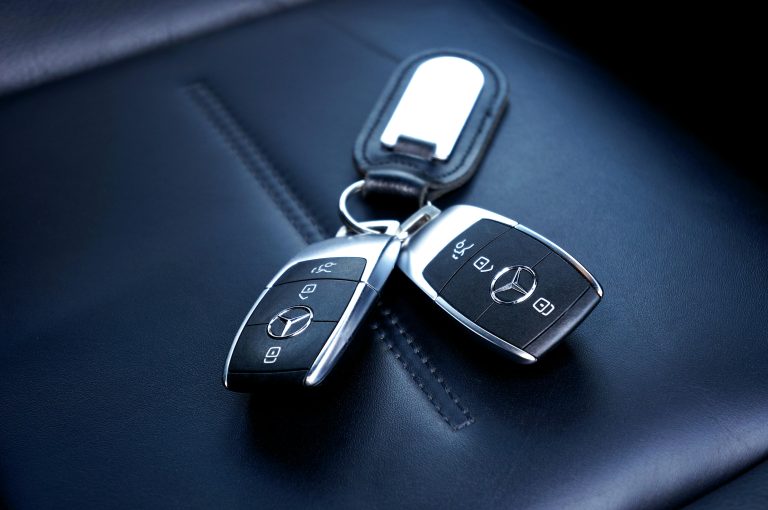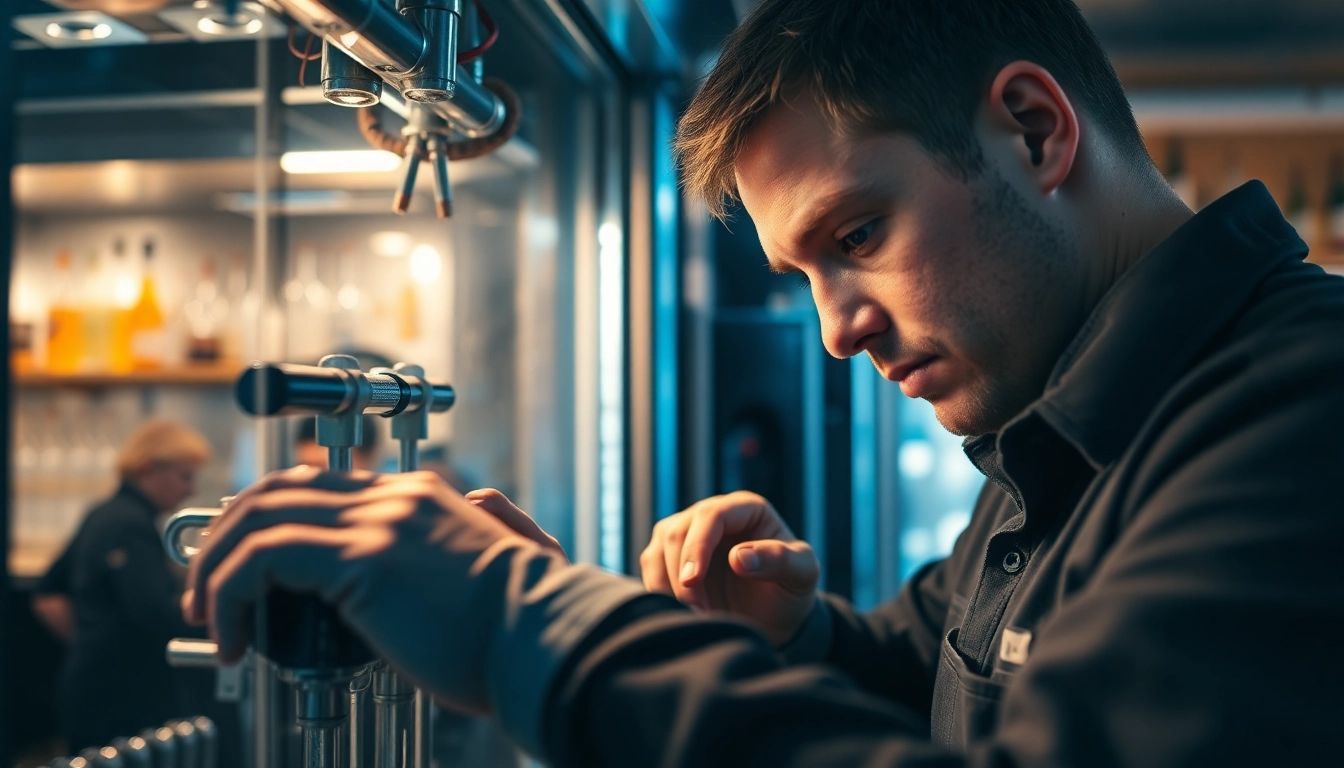
Understanding Bar Refrigeration Systems
Bar refrigeration systems are essential for businesses that serve beverages, such as bars, restaurants, and cafés. They ensure that drinks are chilled properly, providing customers with the best experience possible. To keep these systems running efficiently, it is crucial to understand their components, types, and how to spot potential issues. This knowledge enables bar owners to recognize when they may need professional bar refrigeration repair services.
Types of Bar Refrigerators
Bar refrigerators come in various types, designed for different functionalities and spaces. Here are some of the most common types:
- Under-Counter Refrigerators: Ideal for keeping a compact and organized workspace, these refrigerators fit under bar counters, providing easy access to essential supplies.
- Back Bar Coolers: These display coolers are perfect for showcasing beverages, allowing customers to see what’s available while keeping items at optimal temperatures.
- Draft Beer Boxes: Specifically designed for draft systems, these units keep kegs chilled and ready for dispensing.
- Ice Makers: While not refrigerators in the traditional sense, ice makers are integral to bar operations, providing the necessary ice for drinks.
Common Components and Their Roles
Understanding the main components of bar refrigeration systems helps in diagnosing issues and facilitating effective repairs. Here are key components:
- Compressor: This is the heart of the refrigeration system, responsible for compressing the refrigerant and circulating it through the coils.
- Condenser Coils: These coils allow heat to dissipate from the refrigerant, transitioning it from gas to liquid.
- Evaporator Coils: They absorb heat from the inside of the refrigerator, cooling the air that circulates around the beverages.
- Expansion Valve: This component controls the flow of refrigerant into the evaporator coils, determining the cooling efficiency.
Identifying Refrigeration System Issues
Knowing how to spot common refrigeration issues early can save time and money. Look for signs such as unusual noises, fluctuating temperatures, or leaks. Regular inspections and maintenance can help mitigate significant failures.
Top Signs You Need Bar Refrigeration Repair
Preventing downtime in your bar is crucial for maintaining customer satisfaction and revenue. Here are the top warning signs that indicate your refrigeration system may need repairs:
Warning Signs of Malfunctioning Units
If you notice any of the following signs, it may be time to call in a professional:
- Unusual Sounds: Banging, clicking, or hissing noises can suggest mechanical problems.
- Warm Beverages: If beverages are not staying cold, the refrigeration system may be failing. Customers will certainly notice.
- Increased Energy Bills: A sudden spike in energy costs can indicate inefficiencies within the refrigeration system.
Temperature Anomalies and Their Causes
Temperature inconsistencies can arise from a variety of issues:
- Dirty Condenser Coils: Accumulated grime can impede heat transfer, causing the unit to struggle in maintaining cool temperatures.
- Faulty Thermostat: A malfunctioning thermostat can lead to incorrect temperature readings and inadequate cooling.
- Refrigerant Leaks: Lack of refrigerant due to leaks can drastically affect the cooling capacity.
When to Call a Professional Technician
It’s advisable to consult a technician if you experience:
- Continuous operational issues despite cleaning and maintenance efforts.
- Serious leaks or mechanical faults that could indicate a risk of further damage.
- Issues that require specialized equipment or expertise to handle properly.
The Bar Refrigeration Repair Process Explained
Understanding the repair process can alleviate concerns and help you know what to expect when needing bar refrigeration repairs.
Initial Diagnostic Assessment
The first step a technician will take is a comprehensive diagnostic assessment. This includes:
- Visual inspection of the entire refrigeration unit.
- Testing electrical connections and components to pinpoint failure.
- Measurement of temperatures at various points within the system.
Repair Techniques and Common Solutions
Once diagnostics are complete, the technician will apply the appropriate repairs. Common techniques include:
- Cleaning condenser coils to improve efficiency.
- Replacing faulty components such as thermostats or compressors.
- Recharging refrigerant levels after identifying and fixing leaks.
Post-Repair Testing and Maintenance Tips
After completing repairs, technicians perform post-repair tests to ensure everything operates correctly. Maintenance tips may include:
- Inspecting and cleaning coils on a regular basis.
- Ensuring adequate ventilation around the refrigeration unit.
- Regularly checking temperatures and scheduling periodic professional maintenance.
Choosing the Right Bar Refrigeration Repair Service
Selecting the right service provider for refrigeration repairs is critical for ensuring quality work. Here’s how to evaluate your options:
Qualities to Look For in a Service Provider
When searching for a refrigeration repair technician, consider the following qualities:
- Experience: Look for a company with a solid track record in commercial refrigeration.
- Certifications: Ensure technicians are certified and trained in handling refrigeration systems.
- Reputation: Check online reviews and ratings from previous clients for insights into their service quality.
Questions to Ask Before Hiring
Prior to choosing a service provider, ask these key questions:
- What types of bar refrigeration systems have you worked on?
- Can you provide references or testimonials from prior clients?
- What warranties or guarantees do you offer for your repairs?
Evaluating Costs and Service Guarantees
Understand the pricing structure. Obtain detailed estimates and consider whether the provider offers:
- Flat rates or hourly charges.
- Follow-up services or maintenance plans.
- Emergency repair options should an issue arise outside normal hours.
Preventive Maintenance for Bar Refrigeration Systems
Preventive maintenance is the best way to avoid costly repairs and ensure your refrigeration system functions efficiently over its lifespan.
Establishing a Regular Maintenance Schedule
Creating a maintenance calendar ensures all necessary tasks are completed regularly:
- Monthly checks of temperature settings and performance.
- Biannual professional inspections for thorough assessments.
- Quarterly cleaning of condenser and evaporator coils.
Essential Maintenance Tasks to Perform
Key tasks that should be part of your maintenance routine include:
- Regularly cleaning door seals to promote good insulation.
- Checking for and repairing any leaks promptly.
- Monitoring refrigerant levels and temperatures frequently.
Long-Term Benefits of Regular Maintenance
Engaging in preventive maintenance can lead to:
- Extended equipment lifespan, delaying the need for replacements.
- Increased energy efficiency, leading to cost savings over time.
- Reduced repair costs by identifying issues before they escalate.

